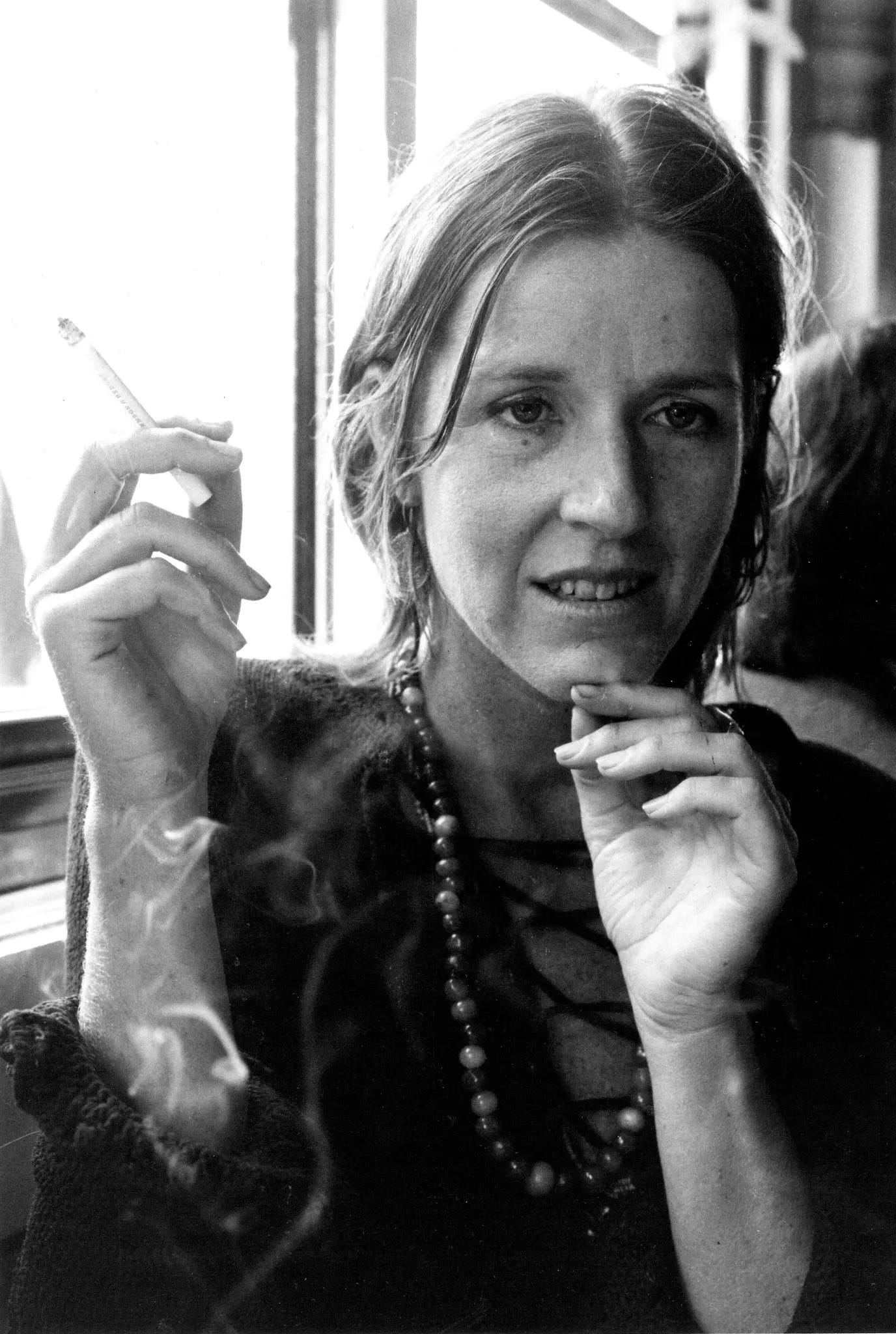Well poetry itself is the reward. It’s like, how it turns you on and turns you off.—Joanne Kyger
Joanne Kyger (1934-2017) said, of poetry’s function: “Keeping your hand in. Keep your hand in, keep your ear in, keep your voice in. You can think of it as a meditation, it’s a location that you start to find the more you go into it, so it’s a place that’s there and the longer you’re away from it the harder it is to get back to it. Or sometimes it’s not. But it’s a real place, whatever writing space you go to.”
If there was a Venn diagram of the Beat Generation poets, the Black Mountain poets, and the San Francisco Renaissance poets, Kyger would be in the center of the three. Though she was definitely a poet of place (centered around Bolinas, California), Kyger’s conception of “space” meant not only physical space, but the space of expanding consciousness and the “real place” of poetry itself.
In terms of form, she used the line as respiration-induced phrases projected onto the page’s surface: the words are orchestrated to the breath of a human person who speaks in the poems. In terms of tone, and perhaps psychological position, she demonstrates that everything is connected to everything else: grace, humor, empathy, and spirituality.
In terms of function, her poems align with the tenets of Buddhism, what she described as “[t]he shape of the day, the words of the moment, what's happening around me in the world of interior and exterior space—these are my writing concerns. Living in a semi-rural environment the cast of characters in my poems are often the quail, deer, raccoons, coyote bush, oaks, the ocean, the weather, and a few treasured friends. All are equally valid in the environment of place. Some talk more than others. My attention to writing is a daily practice, which then builds an accumulative narrative of chronology.”
Keep reading with a 7-day free trial
Subscribe to The Sharpener to keep reading this post and get 7 days of free access to the full post archives.




